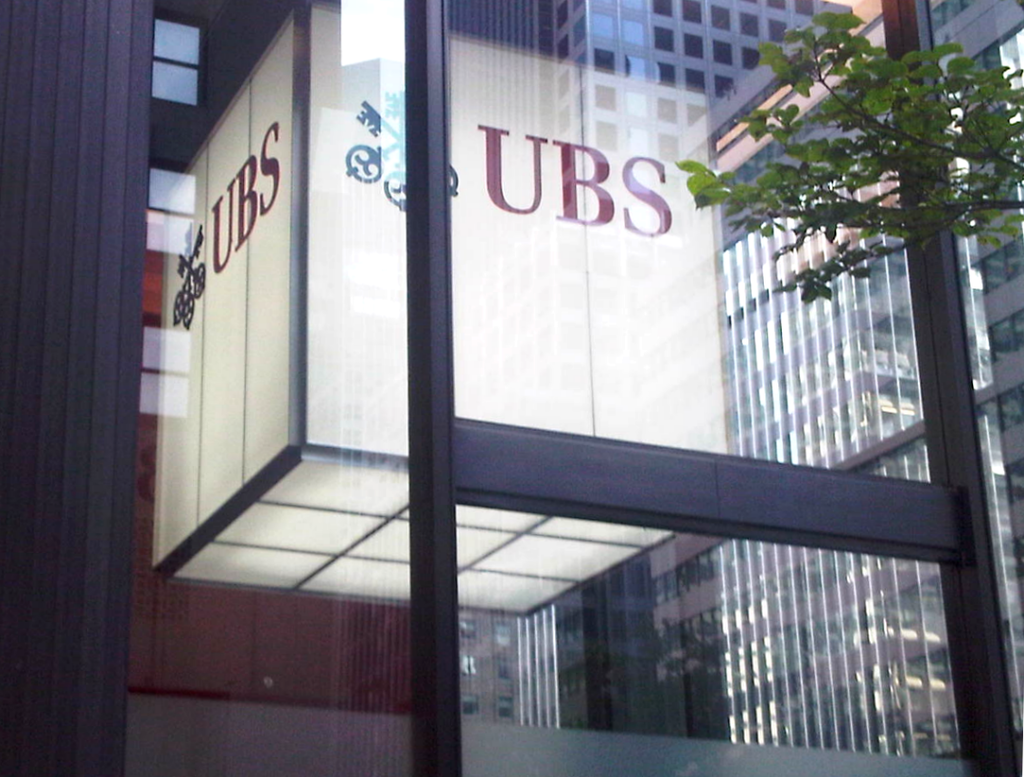The returns from fine art, which has emerged as a new asset class for well-diversified portfolios, have been significantly overestimated, according to research from the Luxembourg School of Finance of the University of Luxembourg.
For the last four decades, the index of fine art sales used by art advisors to sell art funds indicated an average annual return of 10%.
However, according to estimates by Prof. Roman Kräussl (University of Luxembourg), Arthur Korteweg (Assistant Professor at Marshall School of Business, University of Southern California) and Prof. Patrick Verwijmeren (Erasmus School of Economics, Erasmus University Rotterdam), the returns are lower.
The evaluation by this team of researchers of the Blouin Art Sales Index (BASI)- an auction database- revealed that art generated annual return of only about 6.3% between 1960 and 2013.
The assessment further unveiled that holding an art fund in a portfolio does not essentially boost the portfolio’s performance. Rather the risk of such investments is much higher than estimated, and is infact 0.11 instead of the earlier reported figure of 0.27.
The study cited that this overestimation of returns and underestimation of risk is termed selection bias, which occurs when indices use data from the sales of above-average paintings to valuate the paintings that are never sold or sell less frequently.
How well do you really know your competitors?
Access the most comprehensive Company Profiles on the market, powered by GlobalData. Save hours of research. Gain competitive edge.

Thank you!
Your download email will arrive shortly
Not ready to buy yet? Download a free sample
We are confident about the unique quality of our Company Profiles. However, we want you to make the most beneficial decision for your business, so we offer a free sample that you can download by submitting the below form
By GlobalDataFor a more accurate valuation of the latter category, the researchers assessed data on how often paintings are sold and how quickly their price increases.
Finally, they came to the conclusion that art investments do not substantially improve the risk/return profile of a portfolio diversified among traditional asset classes, compared to pure stocks.
"If you own a painting, you bear the physical risks and costs, including insurance, damage, and theft or forgery, among others. In short, buy paintings if you like looking at them. You can hope that your children will sell one or more of them later for a gain — but paintings are primarily aesthetic investments, not financial ones," Kraussl said.







